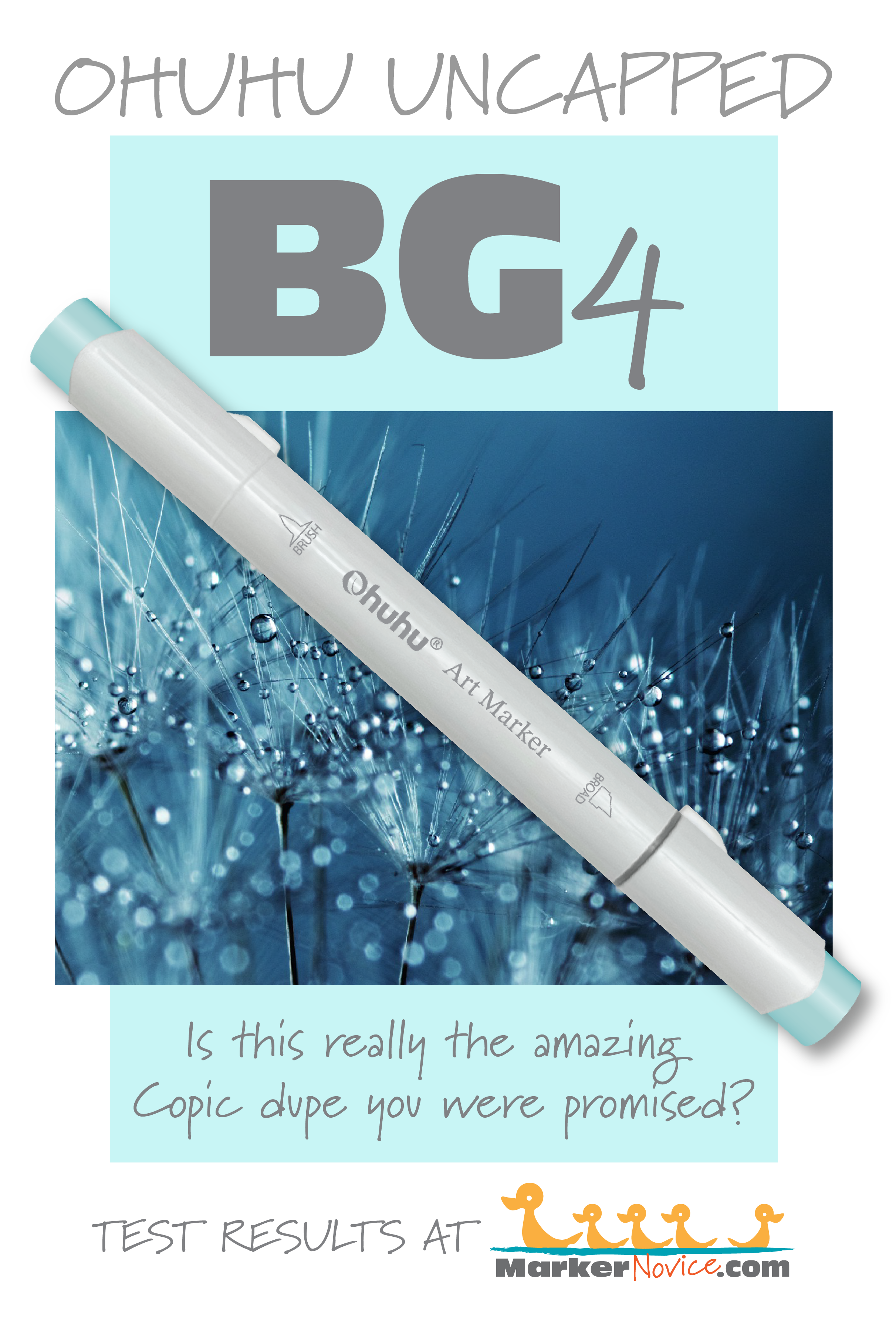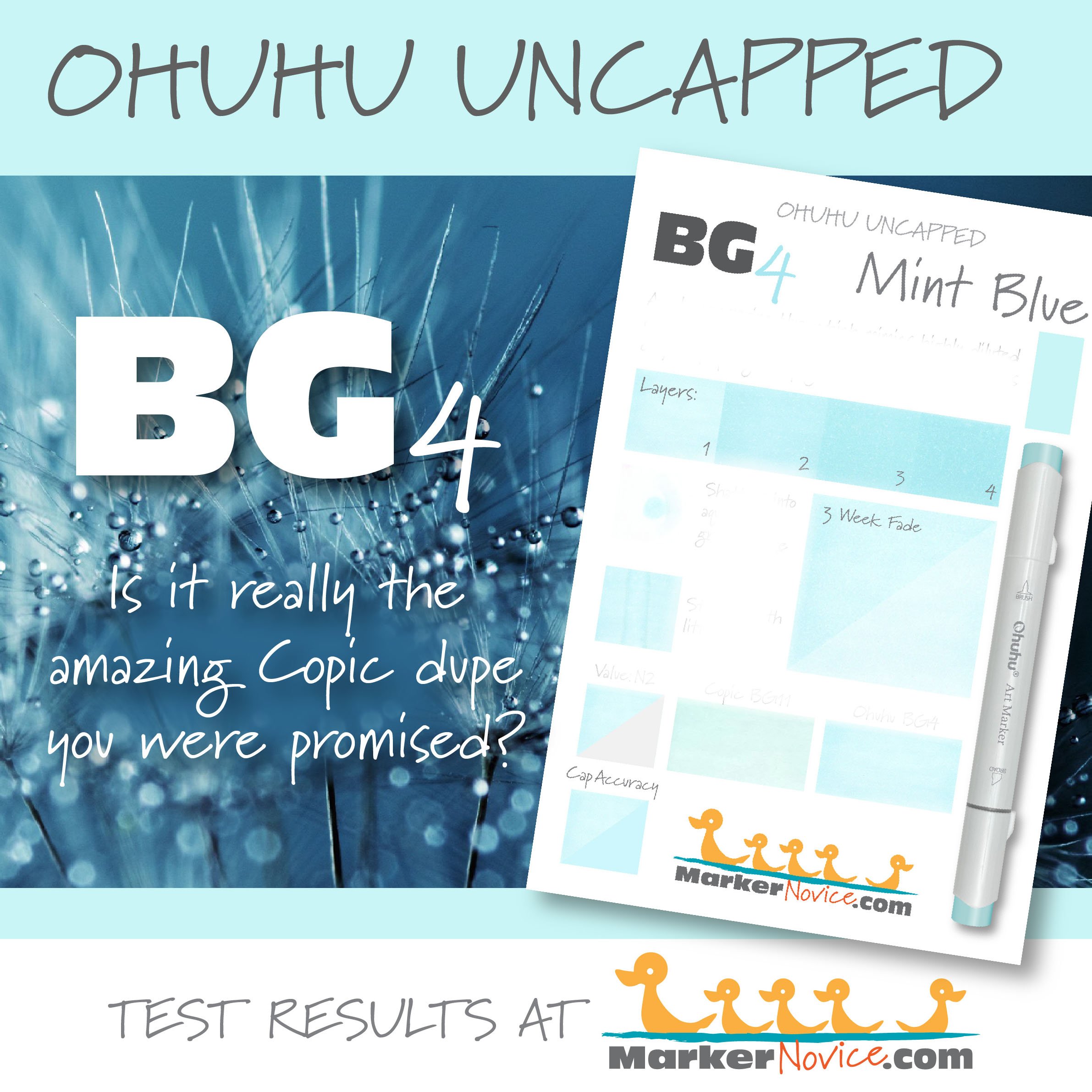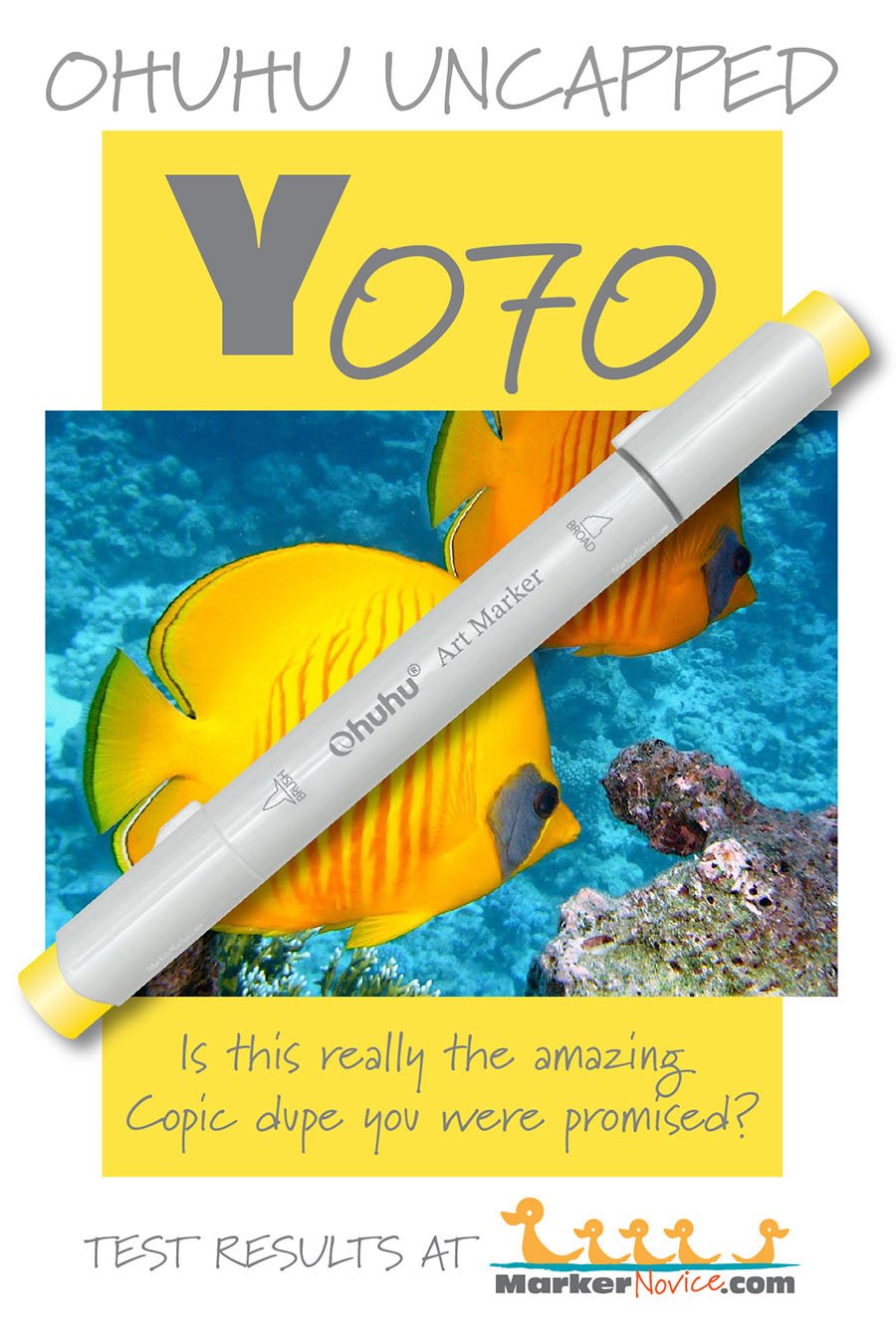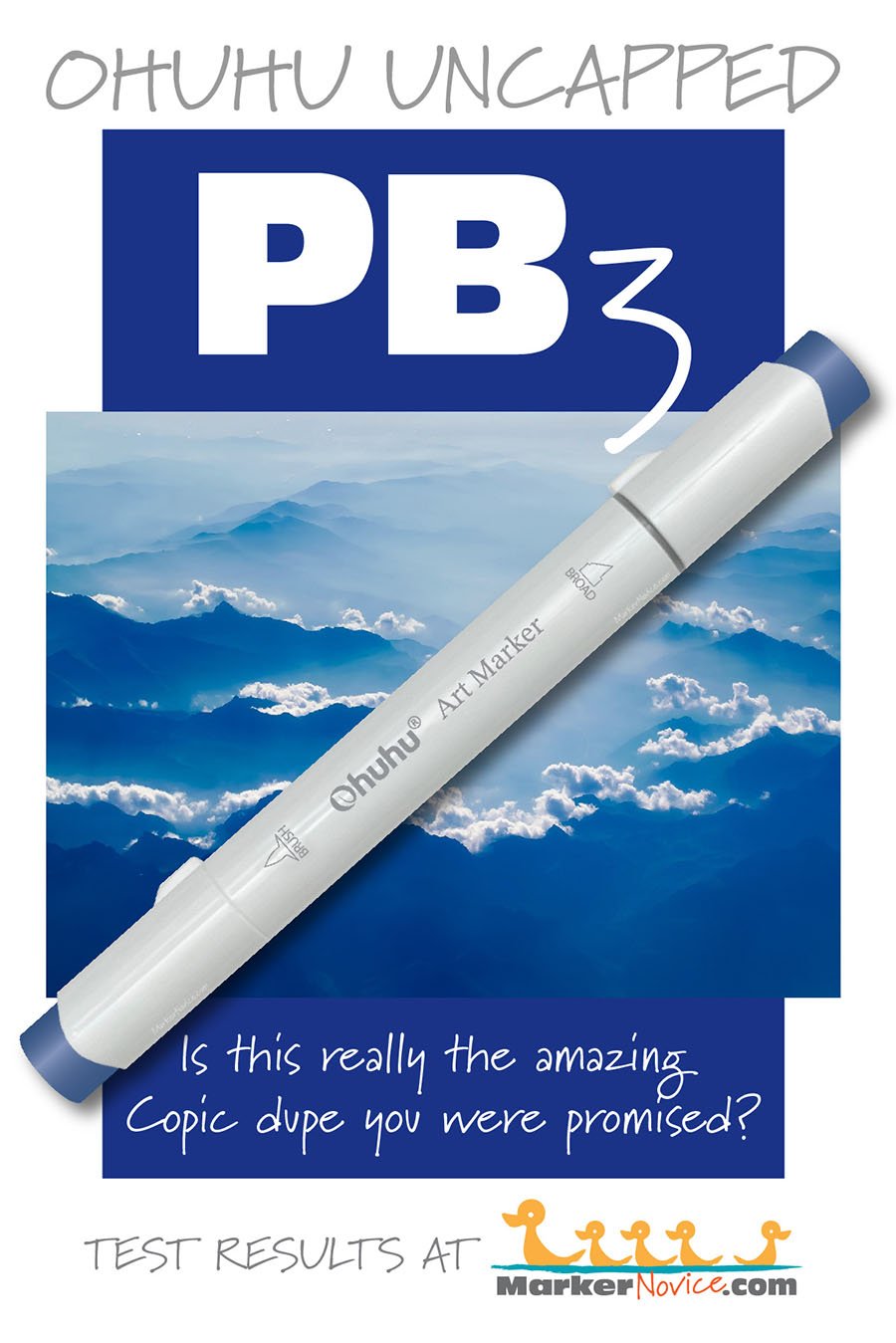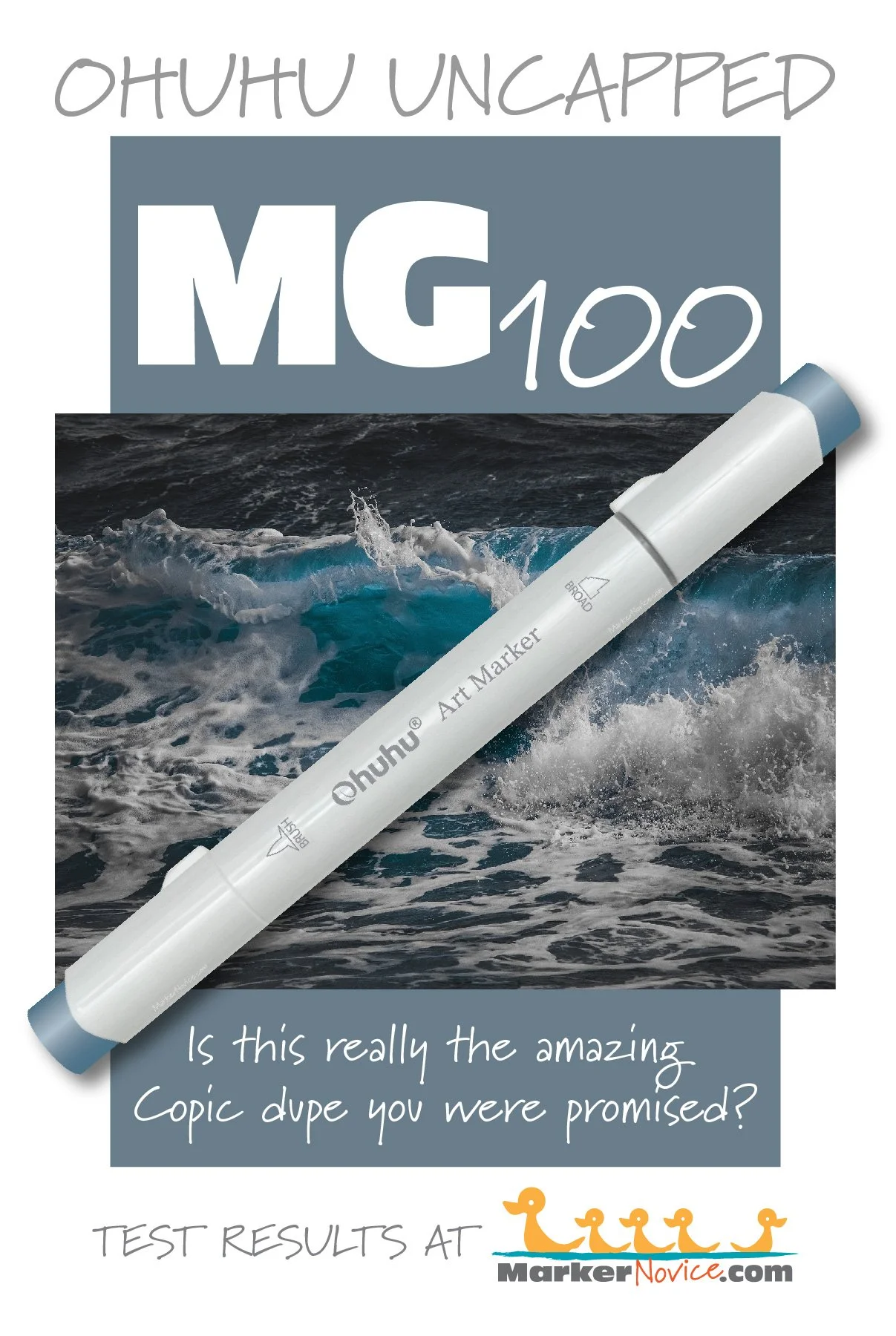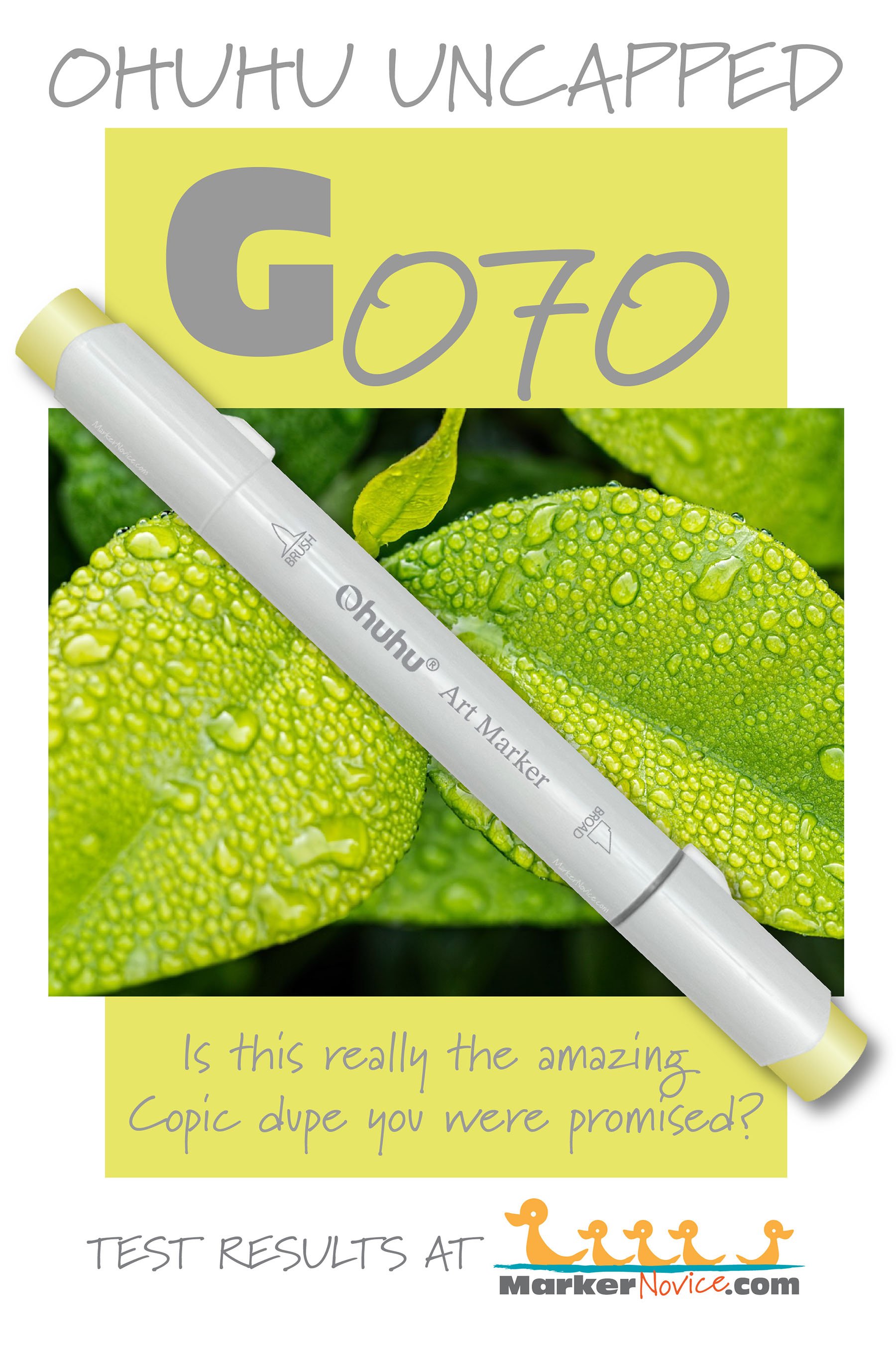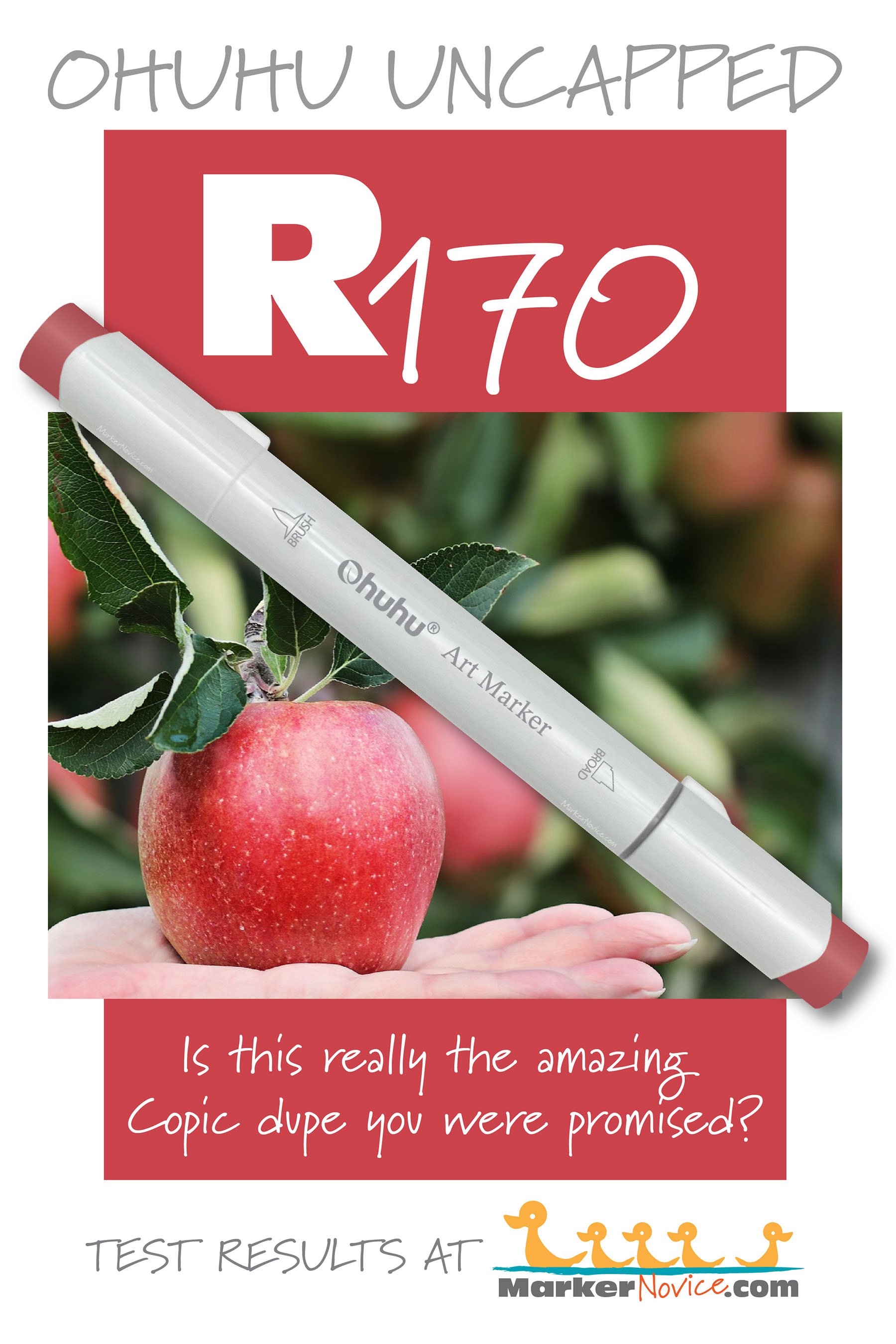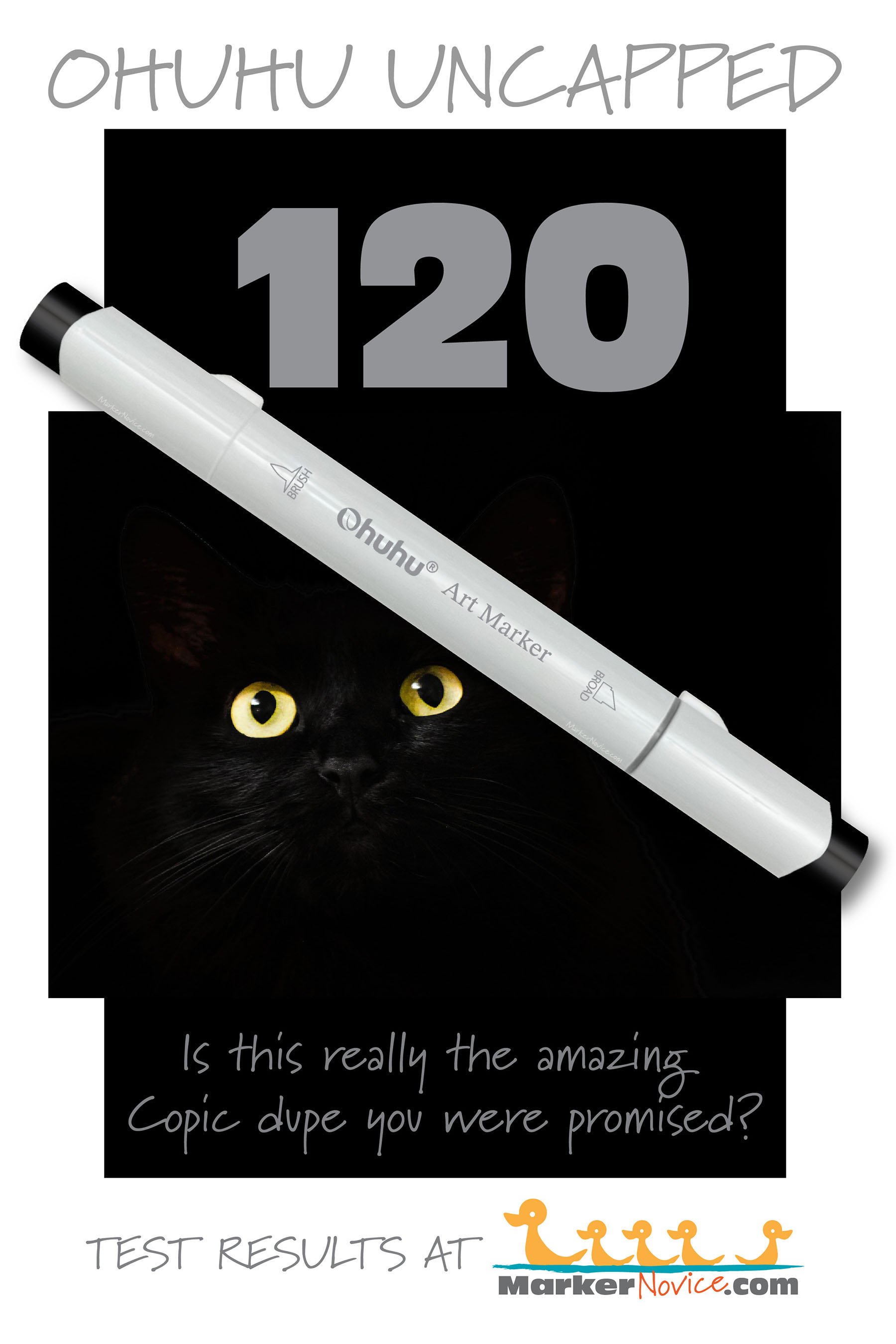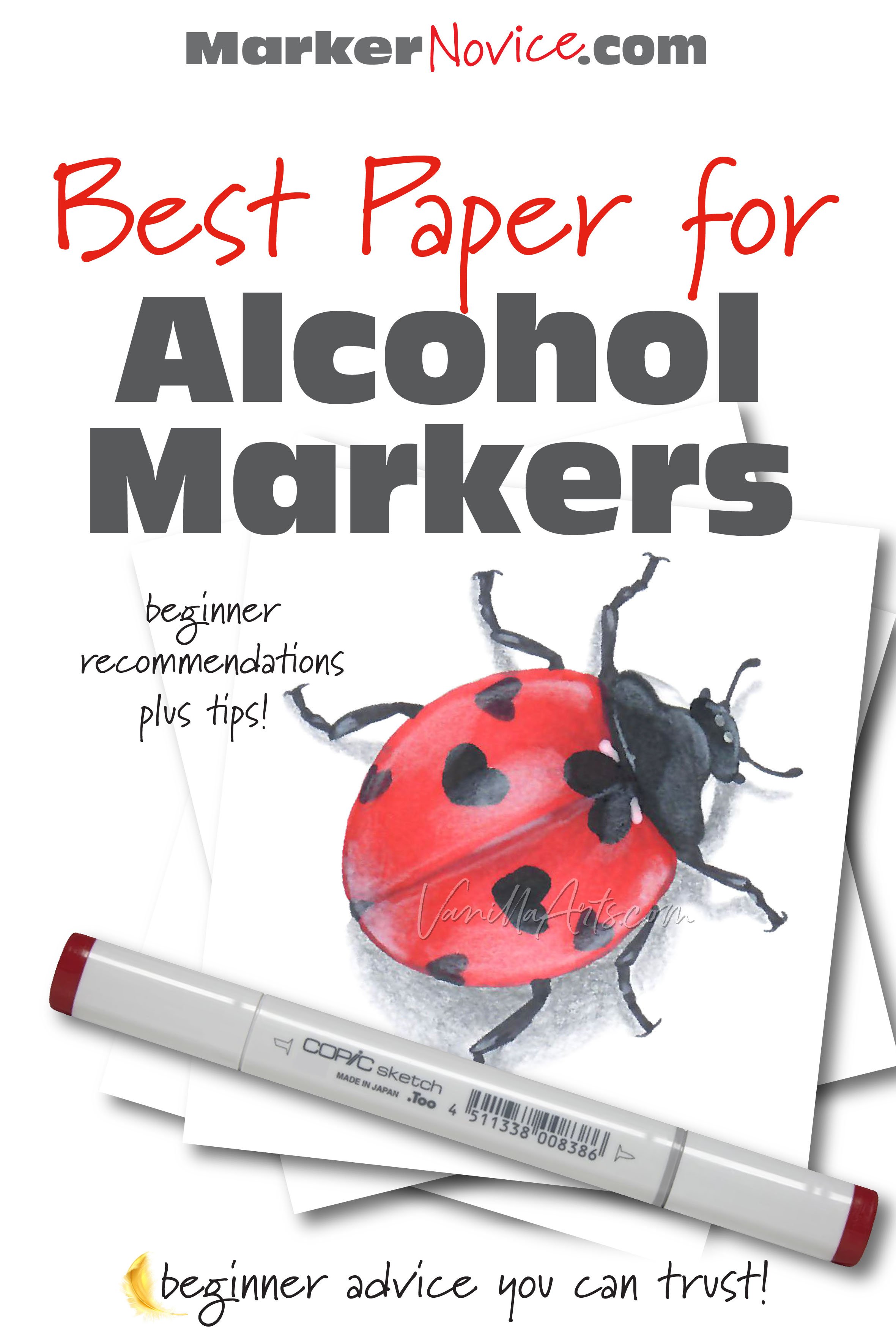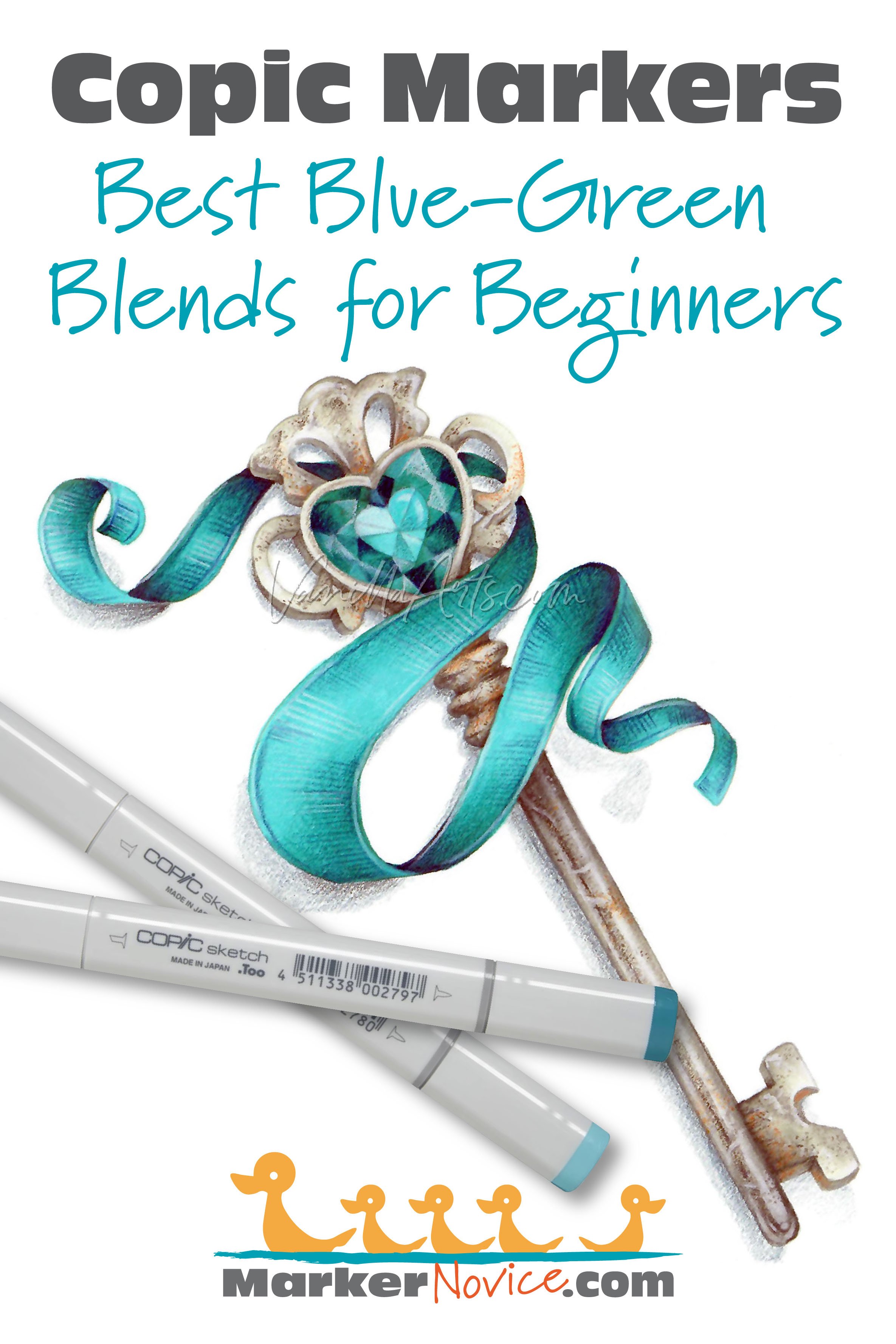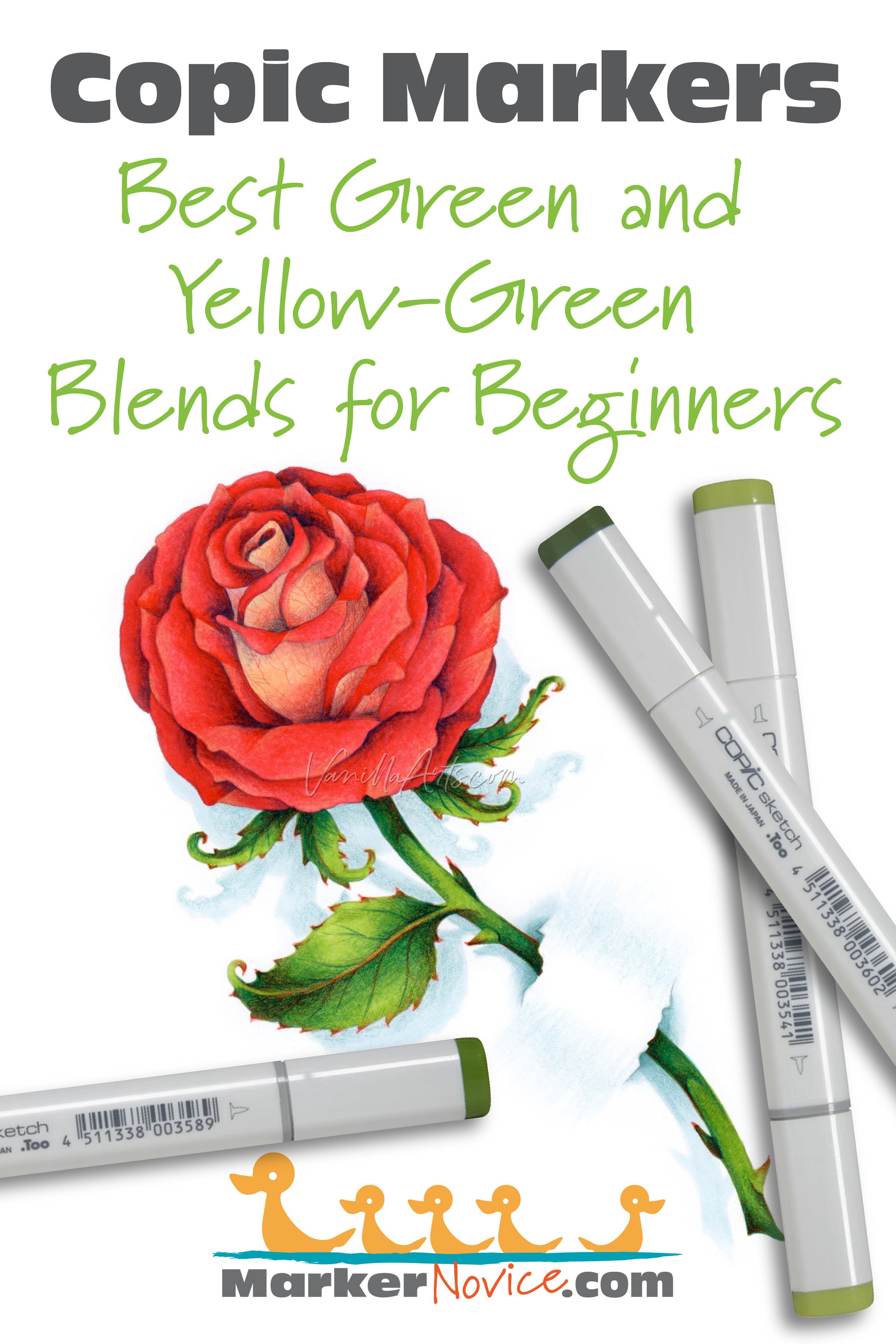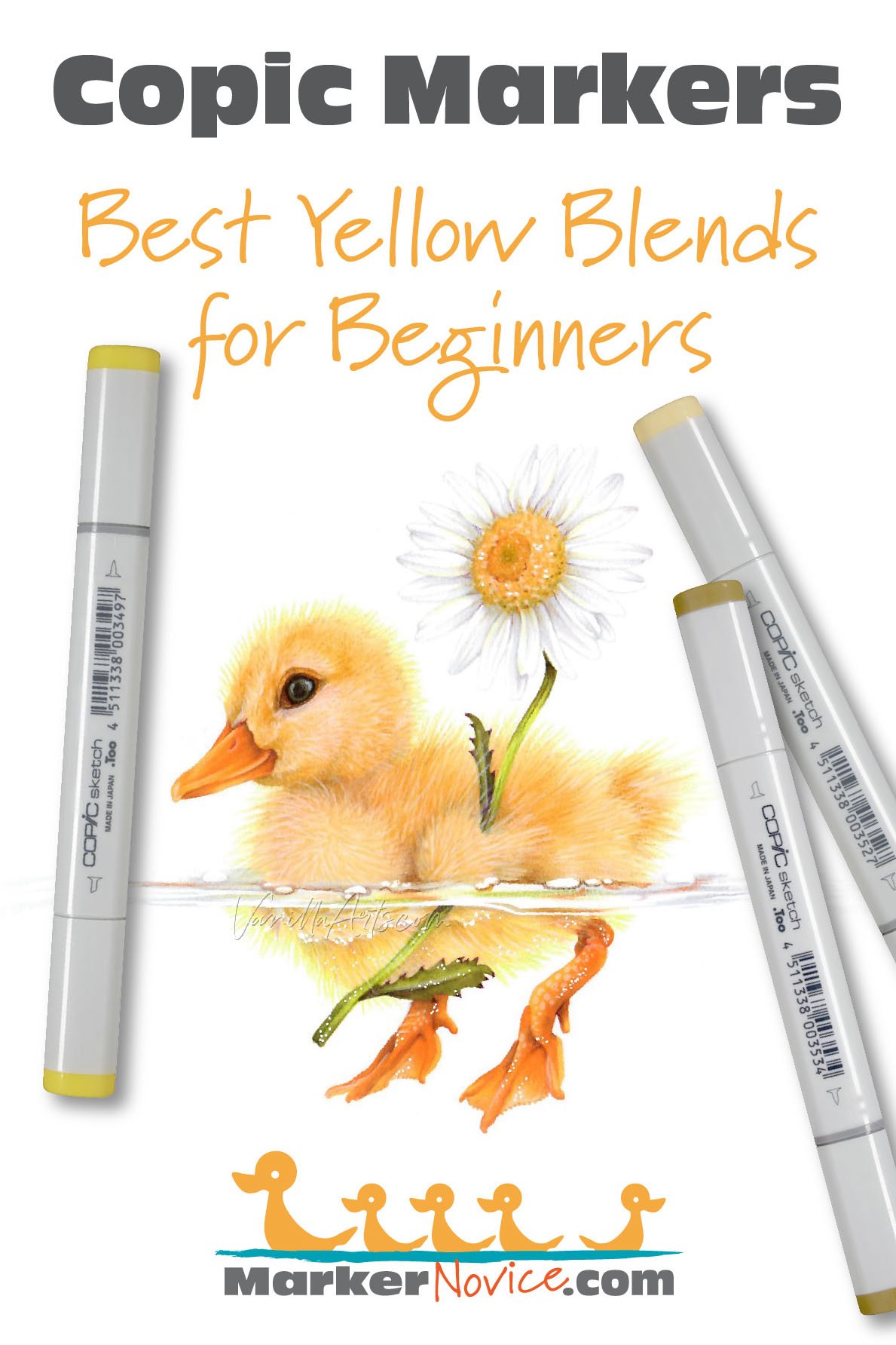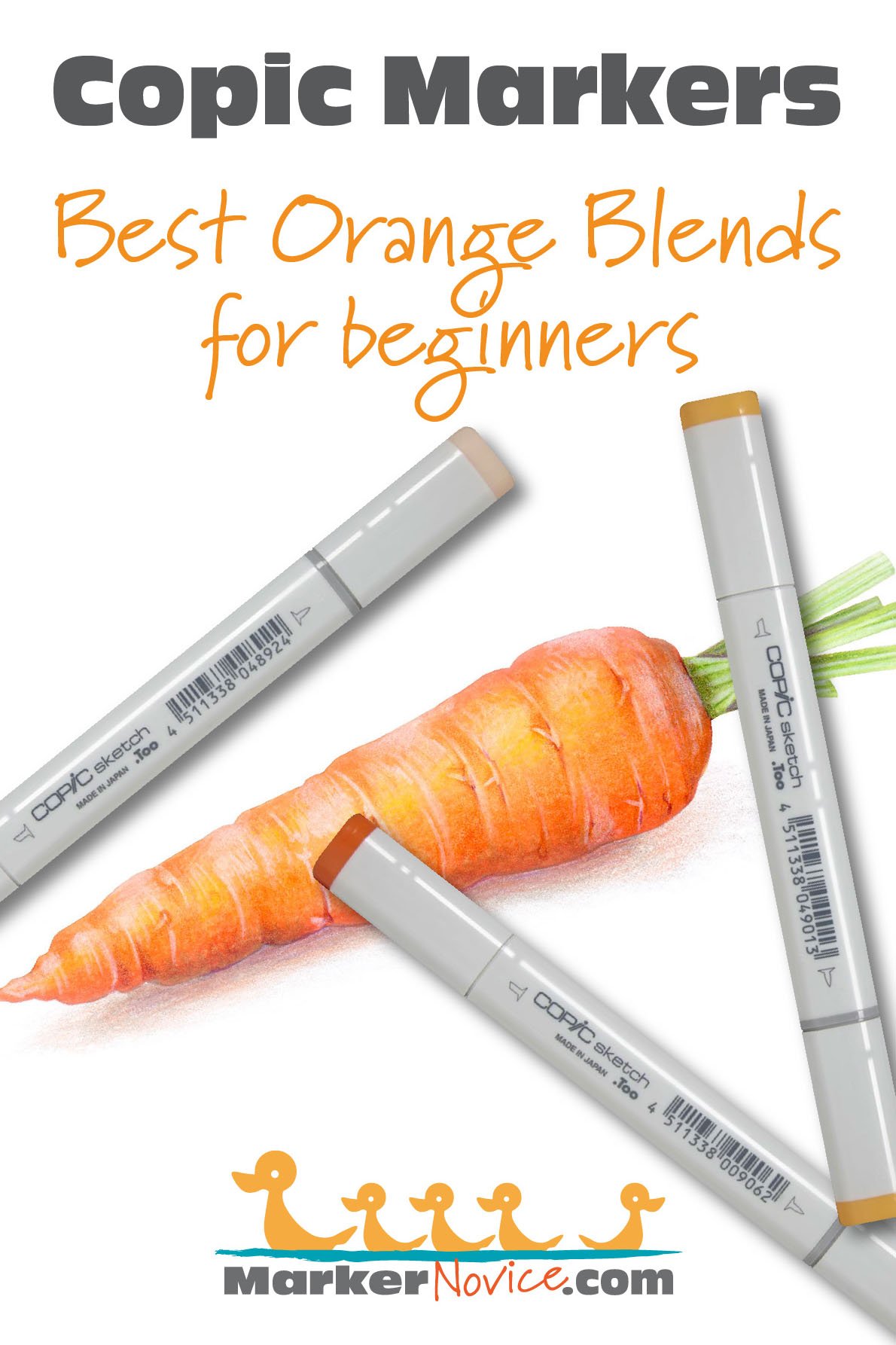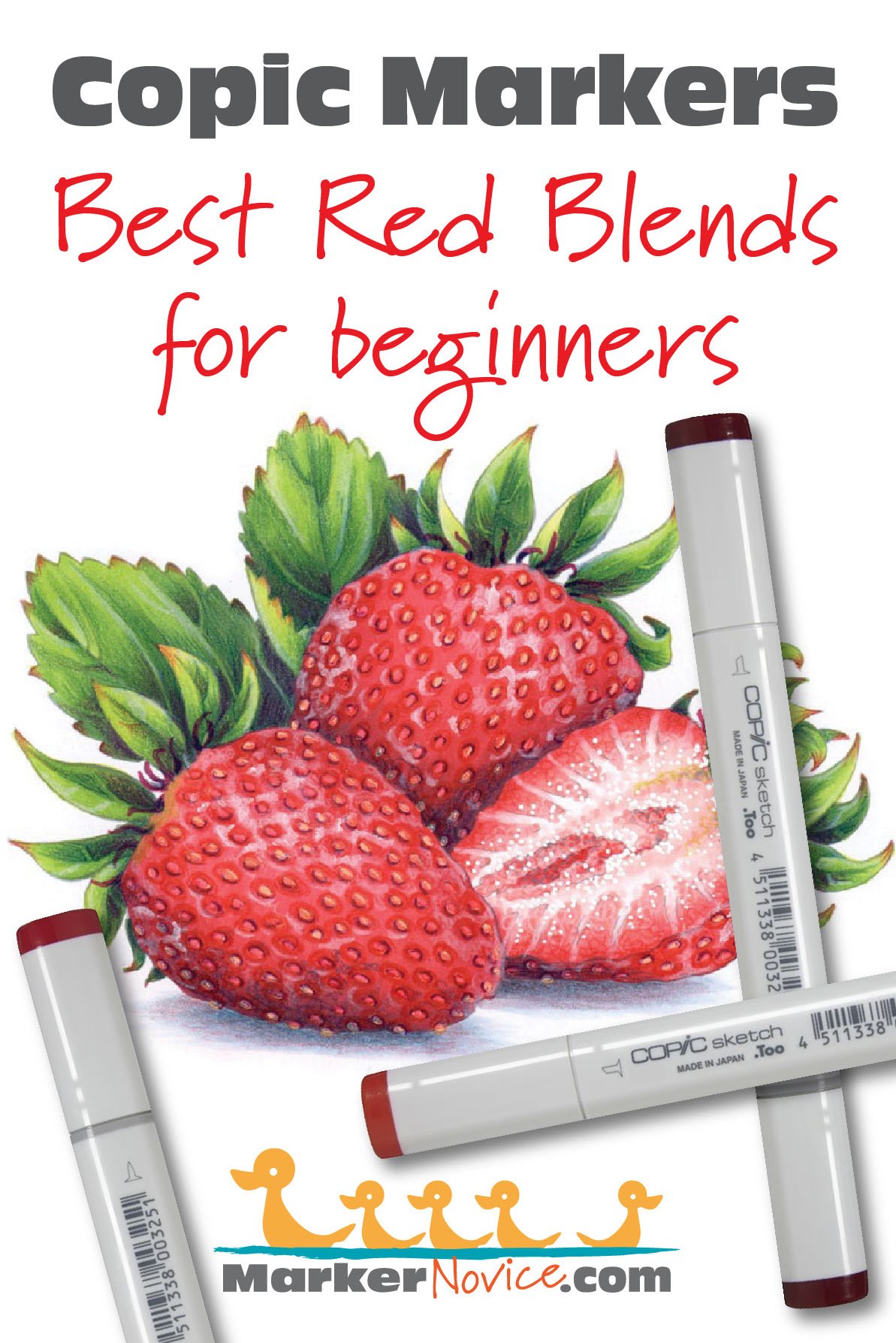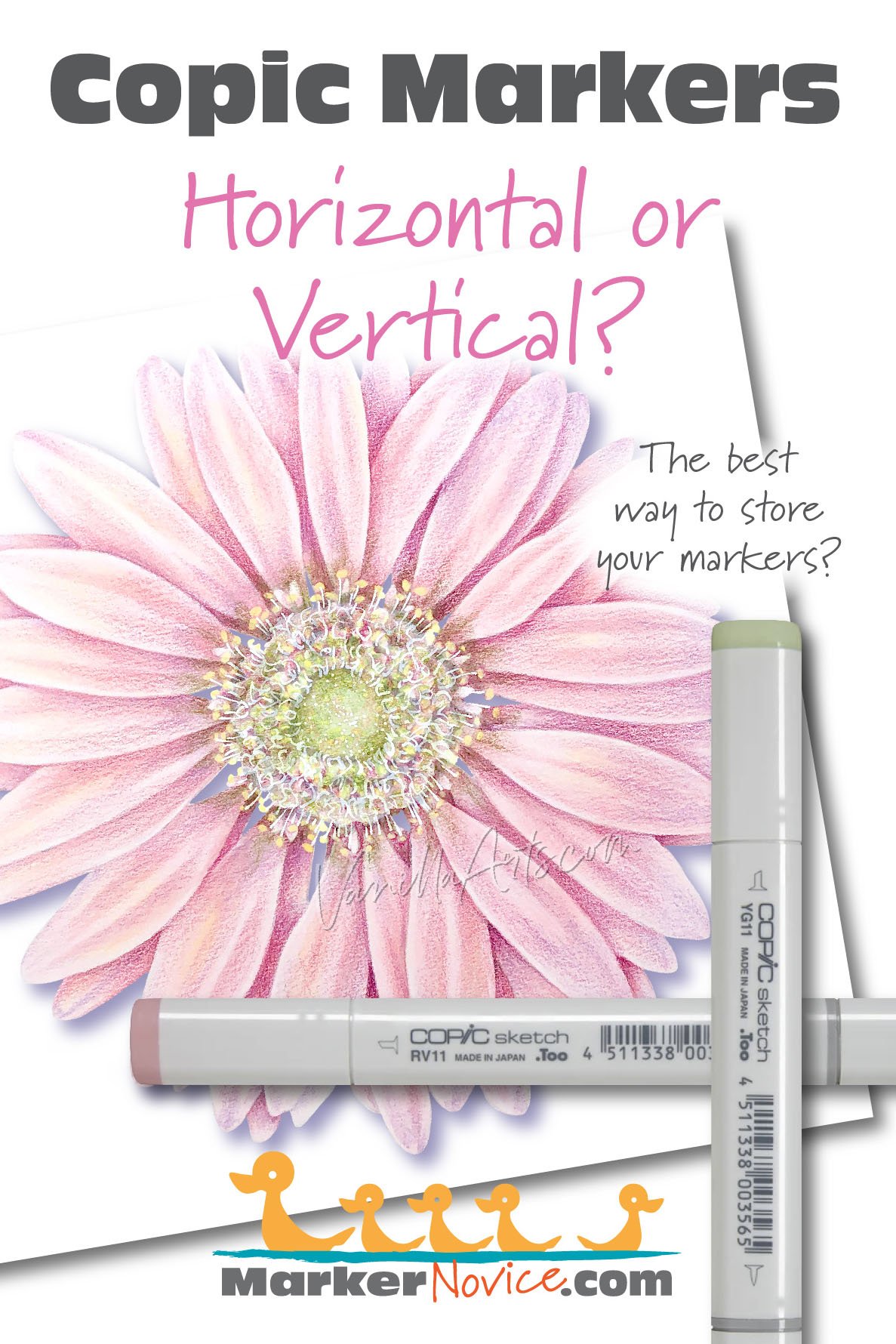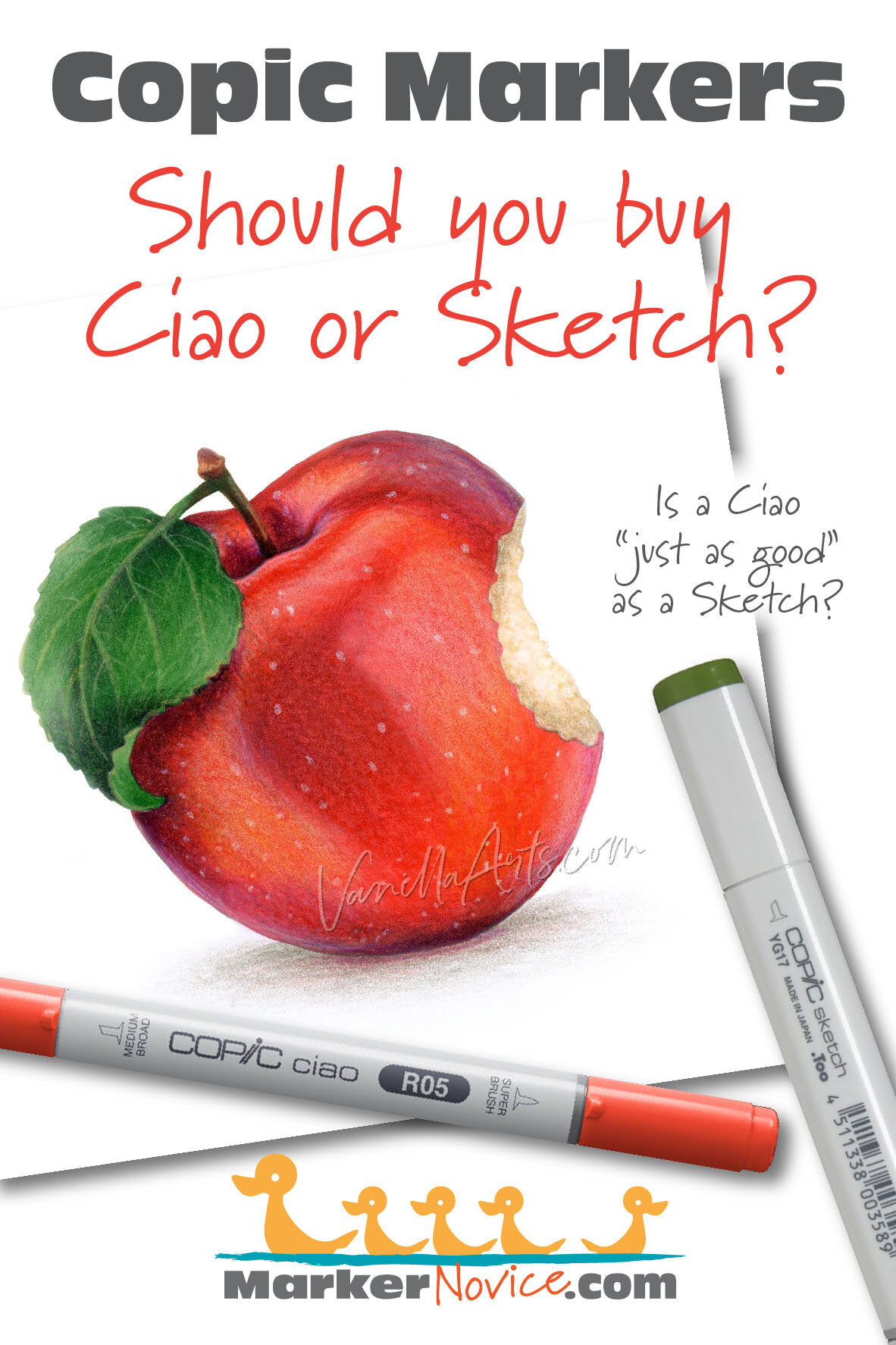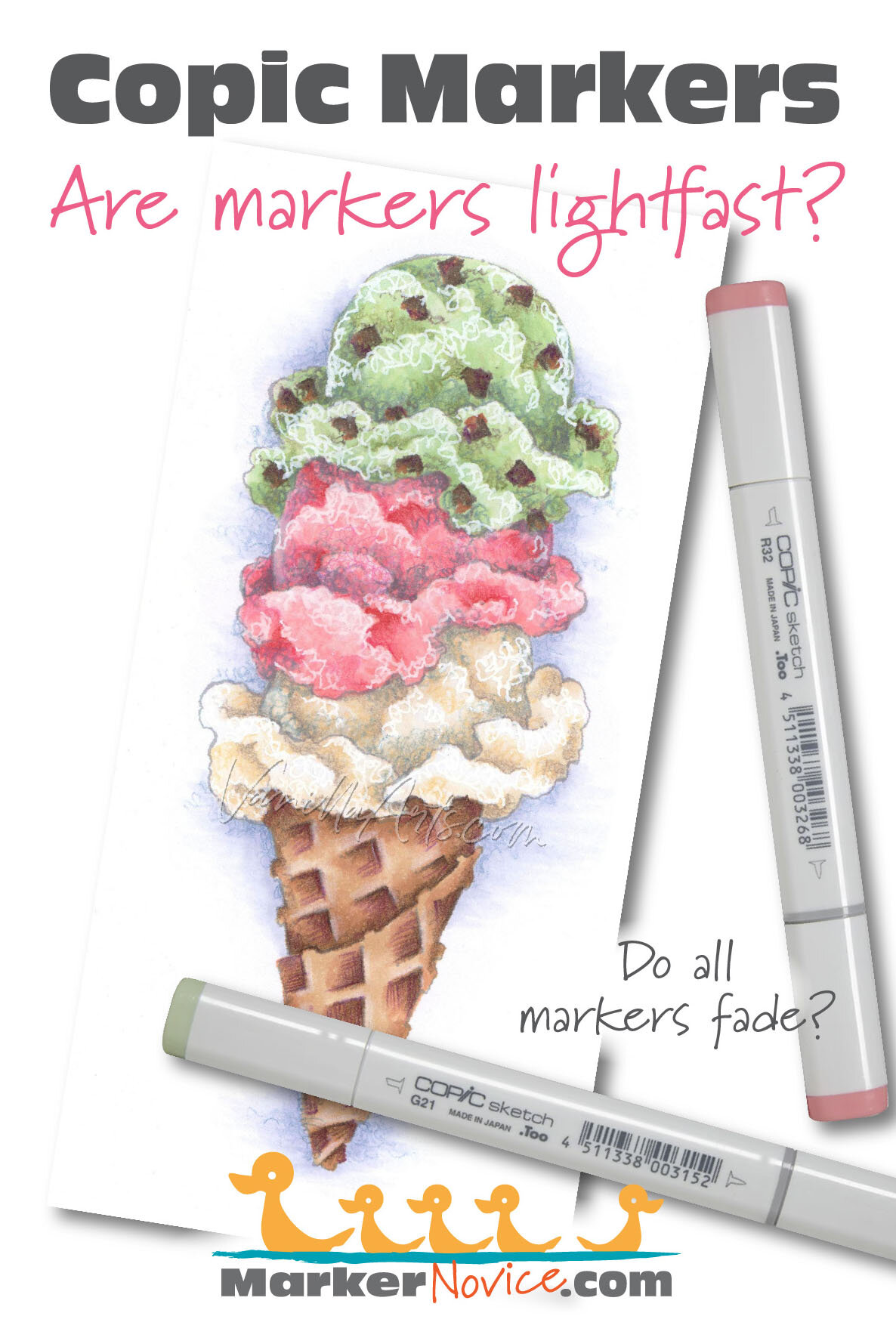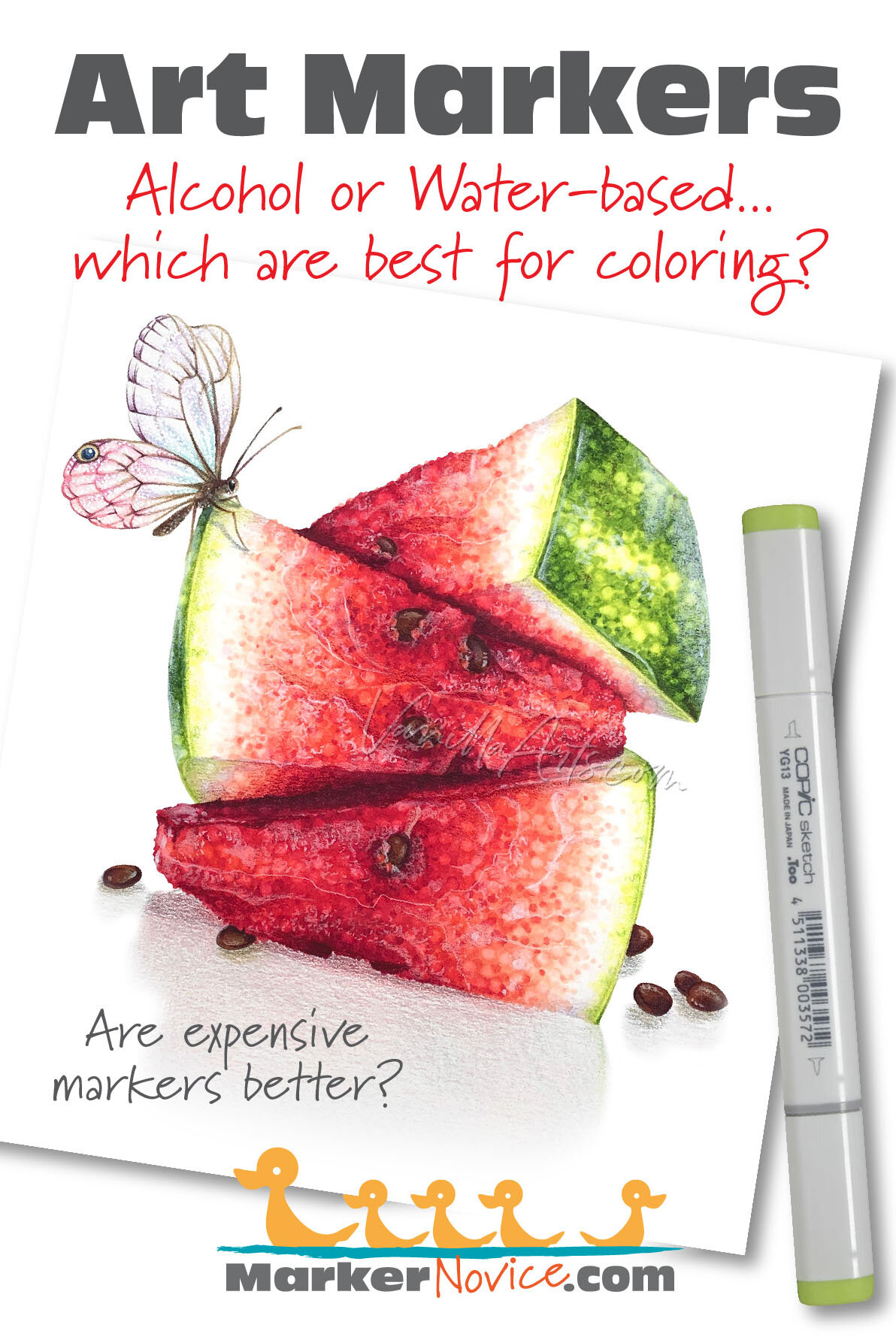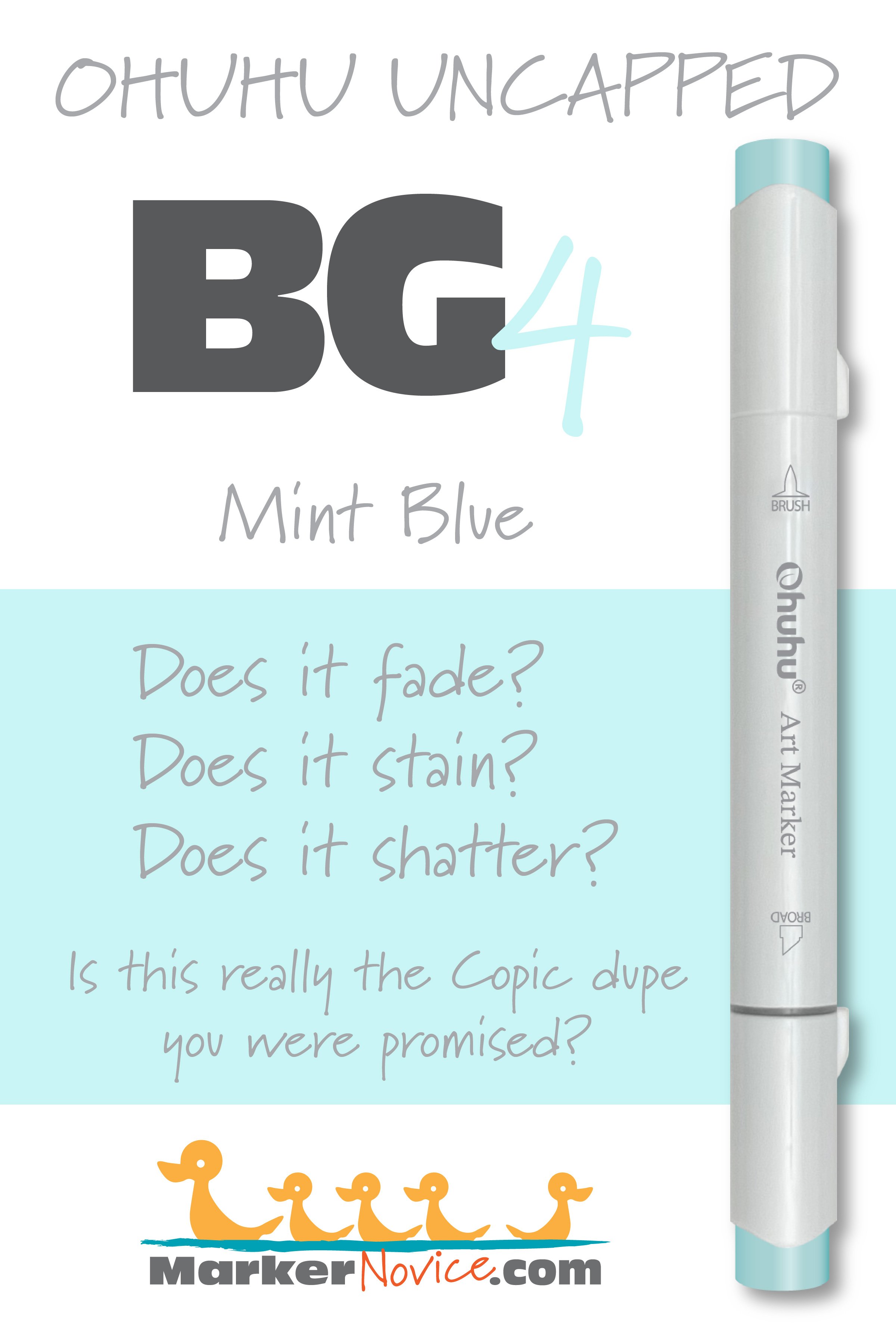You were told “Ohuhu is the Copic slayer! They’re like Copic Markers but better!”
Is it true?
Every Ohuhu Marker has different characteristics based upon its unique ink formula. No matter how great they say the marker is, test results do not lie.
So are Ohuhu markers as great as you’ve heard?
Let’s look at Ohuhu BG4 to find out.
WARNING: Ohuhu markers have numbers on the cap but not on the body of the marker. We do not recommend coloring with both caps off due to the risk of accidentally placing the wrong caps on a marker.
Test results: Ohuhu BG4 Mint Blue
REFILL WARNING! At this time, Ohuhu does not sell refills for BG4. To date, you must purchase a new marker when your current BG4 runs dry. See Ohuhu’s current list of refills here.
Temperature: A light bluish green
Resemblance: Cobalt Turquoise watercolor
Actual Value: N2
Unlike Copic, Ohuhu does not measure value— this is a glaring deficiency which makes finding blending combinations harder than it has to be!
All Copics are measured on a Neutral Gray value scale. The last number on the Copic cap indicates the value. We’re using the Copic scale to measure Ohuhu until Ohuhu releases a reliable value scale.
Cap Accuracy: The plastic on an Ohuhu Honolulu BG4 marker matches 1-2 coats of ink.
Copic Substitution: Ohuhu BG4 is slightly bluer than Copic’s BG11 but otherwise, they are a near match in hue and value.
Note: similar colors rarely behave the same way. From experience I can tell you that Copic BG11 is an easier marker to use. See staining results below for more info on why I do not recommend BG4 for beginners. See the test results for Copic BG11 here.
Buildup: BG4 reaches a maximum value at 3 coats.
Overinking: We do not recommend using more than 3 coats of BG4. As with most Ohuhu markers, four layers looks oversaturated and dull.
Shattering: This ink is a mixture of blue and gray inks. Noticable gray ink may appear along the edges of any area corrected with a colorless blender. Use caution when correcting mistakes.
Chromatography testing shows this ink’s behavior when it comes in contact with #0 Colorless Blender (solvent). High shattering colors may leak unexpected color when you make corrections or attempt to blend with any color that has a high solvent to colorant ratio. Shattering is not bad, it’s just something to be aware of.
Staining: Despite being a very light color, BG4 is a staining color.
With alcohol markers, a staining ink is generally a sign of a low quality ink. Staining inks bond to the paper fibers and are reluctant to release. Staining inks make blending harder than it has to be!
Lift: BG4 can be lightened slightly but the paper remains light blue and the color moves but not enough to really make a good correction. This is extremely unusual for a light alcohol ink. See staining above, this is a sign of a low quality ink.
See staining swatch. Sample was given 6 stripes of #0 Colorless Blender, drying between each stripe. Results indicate how much lifting you can expect.
Lightfast: BG4 faded 50% during the test period. This is significantly more than the average Copic and more than twice the fade of Copic’s BG11 which is a similar color.
Samples were swatched on X-Press It Blending Card. 1 layer of ink was exposed to windowsill sunlight for 21 days. Approximately 10 hours of sun per day based on weather conditions. Note: we do not recommend displaying original marker art under these conditions.
Ink Color Family: I would love to say that the “BG” in BG4 indicates that this marker is part of the BG family.
I can’t say this with certainty because the Ohuhu numbering system is complete garbage. Some blueish-greenish markers say BG while others are marked B, PB, and even G. Why even bother? You simply can not trust anything you read on an Ohuhu cap.
Cap Numbering: BG4 has no relation in tone or color to BG3 (a blue gray) or BG5 which is much darker and the two do not blend well. This is completely unacceptable.
As stated above, the Ohuhu numbering system makes no sense. The markers are not arranged in chromatic order so you can not trust the numbers to tell you whether this marker is lighter or darker than other Ohuhu markers with similar numbers.
I’m still early in the Ohuhu testing process. I will add more info to this article as I learn more and when I spot behavioral patterns.
From what I’ve learned so far, I will not be working with Ohuhu markers and I will discourage students from using them in my classes. They’re simply not worth the frustration.
Learn more about BG4 Mint Blue, a blue-green Ohuhu Marker. We swatch and test Ohuhu colors- layering, staining, lift, value, lightfastness, saturation, and cap accuracy. | MarkerNovice.com | How to blend alcohol ink markers.

